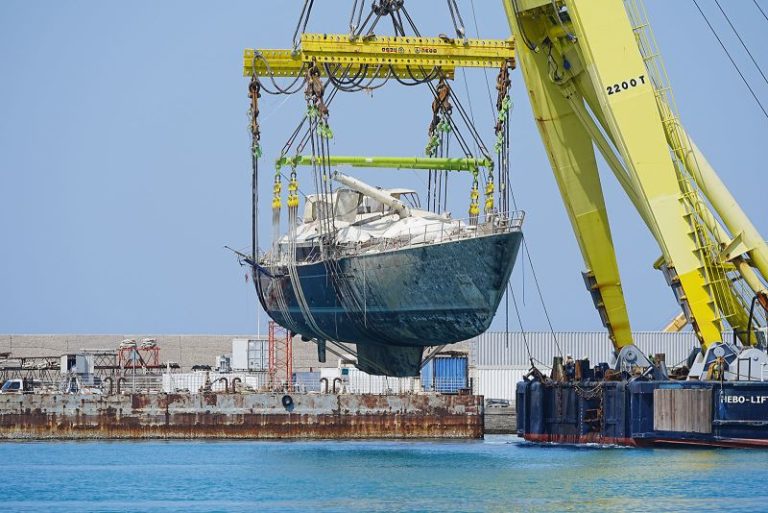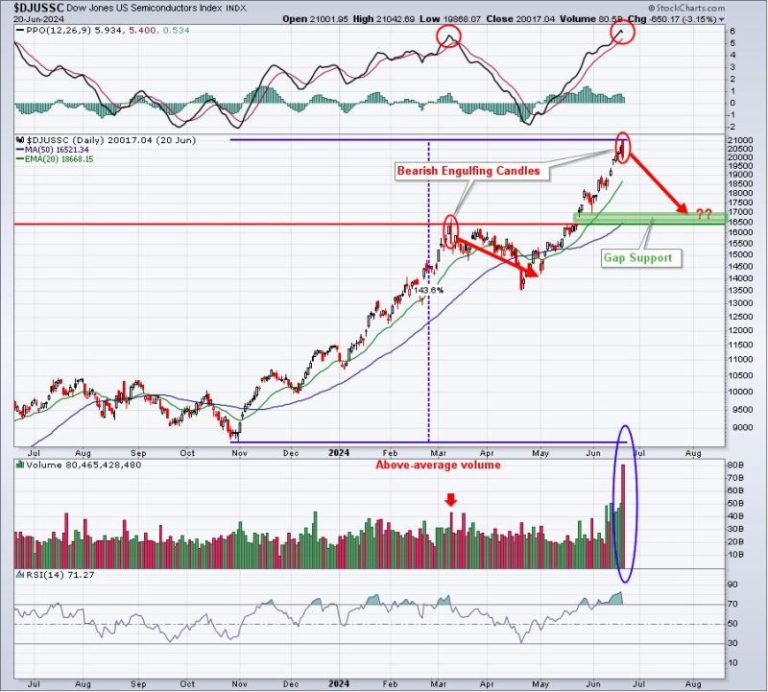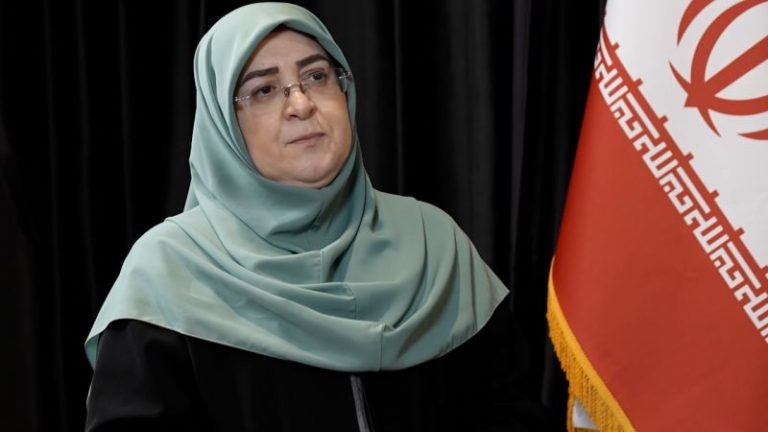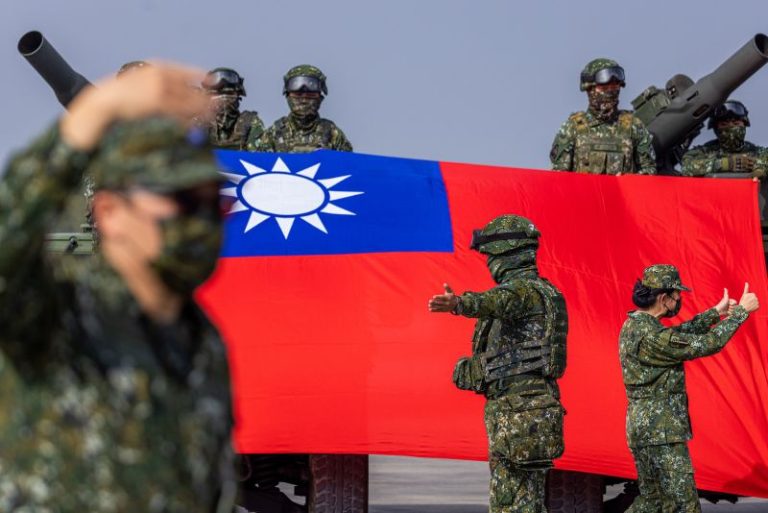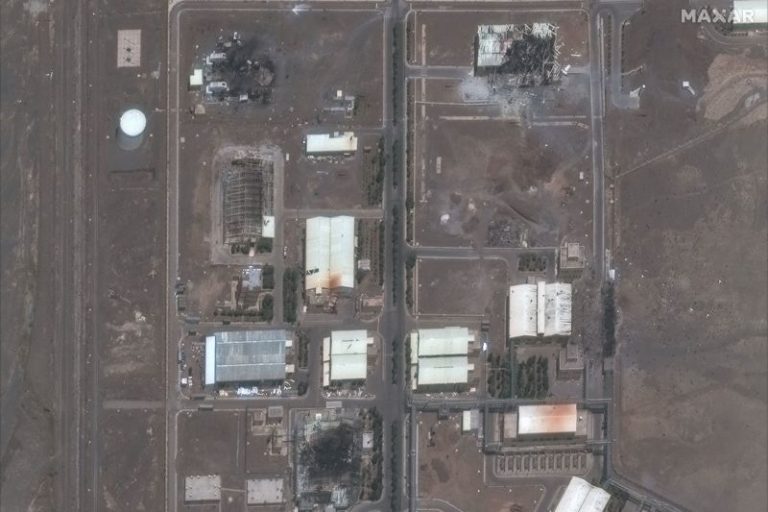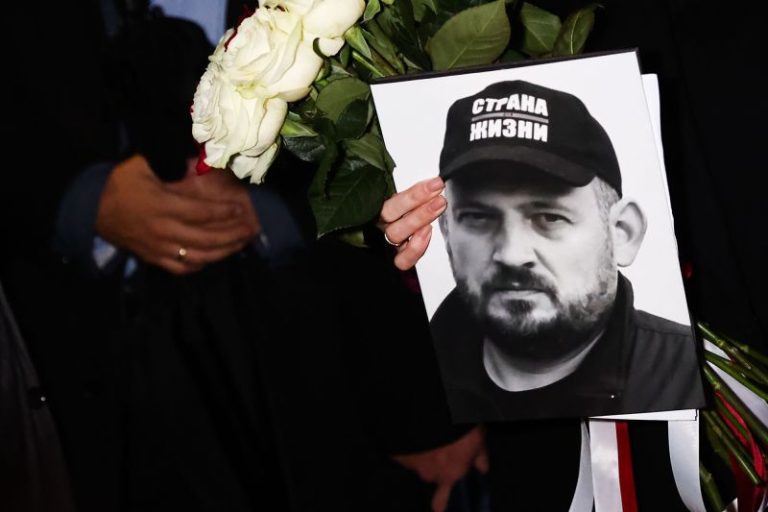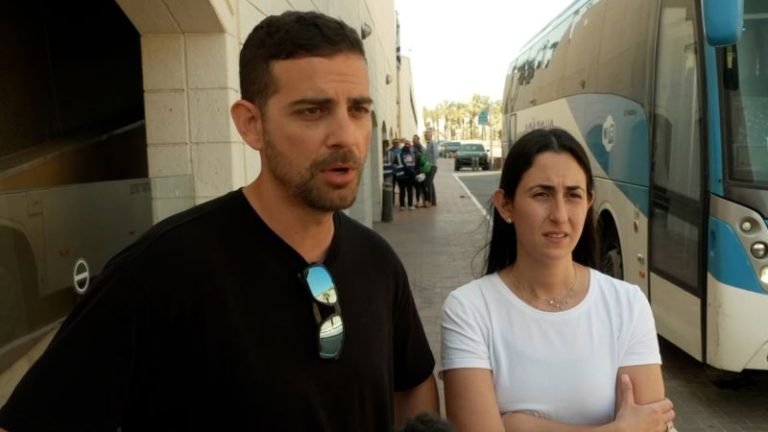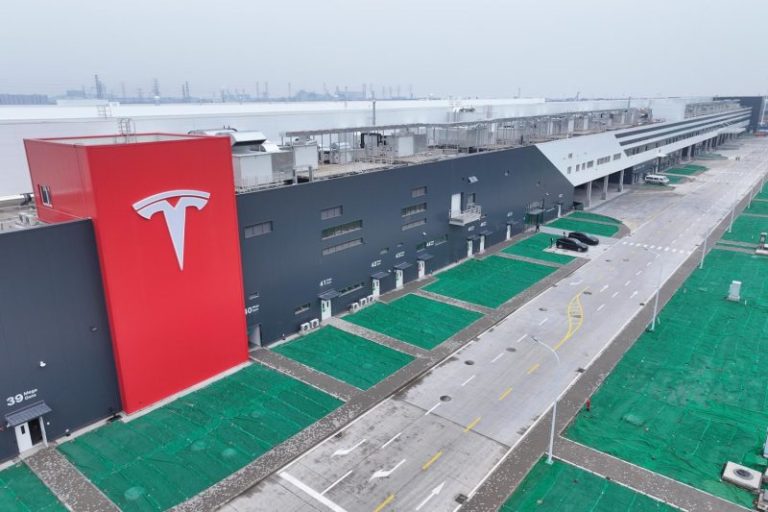A draft-dodging scandal in Taiwan allegedly involving a number of actors, influencers, and musicians has cast an unflattering spotlight on the conscript and reservist forces which could one day stand between the island and a possible invasion by China.
Taiwan’s military service regime, which runs alongside its conventional military, faces accusations of failing to prepare conscripts for an actual war – an alarming situation against a drumbeat of threats from its giant neighbor.
On Monday, authorities indicted 28 defendants. Prosecutors allege that, between 2016 and early this year, a four-person ring helped 24 healthy men dodge the draft by faking high blood pressure to gain a medical exemption, netting a total of 7.63 million Taiwanese dollars ($255,000).
At least 11 celebrities are now under investigation.
Among those indicted was the actor Darren Wang. The 34-year-old, launched to fame across the Chinese-speaking world a decade ago as a boyish heartthrob in teen romcom Our Times, was accused of paying 3.6 million Taiwanese dollars ($120,000) for a fake hypertension diagnosis.
Such organized efforts to evade conscription are largely seen as a sign of people’s apathy towards service, rather than their fear of military rough-and-tumble.
“Most of the time during the service is dedicated to miscellaneous tasks, and not actually combat-related.”
Back in 1949, as the Nationalist government lost a bloody civil war against the insurgent Chinese Communist Party and fled to Taiwan, it introduced mandatory military service to the island, where eligible men would serve two years in the army or three years in the navy, air force or marines. The system, in one form or another, has been in place ever since – as have Beijing’s designs on the island, which the Communist Party claims as its own territory, to be taken by force if necessary.
But military service has long been seen as anything but heroic. Conscripts have described it as monotonous, disorganized and often irrelevant to modern warfare: a combination of indoor lectures, hours of waiting around, and outdated ceremonial drills.
US officials, not authorized to speak openly, quietly warn that Taiwan’s reserve forces remain the soft underbelly of its defense posture.
One official said millions of former conscripts exist “on paper,” but years of truncated service and minimal refresher training have left them “underprepared for modern warfare.”
While there are no official estimates for the number of illegal draft-dodgers, a tally by the Ministry of the Interior shows that, from 2021 to 2023, cases of suspected obstruction of military service have risen from 309 to 553.
“It is imperative to reform military service as quickly as possible,” said Wu Tzu-li, an associate research fellow at the INDSR. “After all, the fight ultimately comes down to the people operating the weapons and not the weaponry itself, so having solid education and training is crucial.”
Even Taiwan’s leaders have acknowledged the problem. Shortly after taking office in 2016, former President Tsai Ing-wen called for sweeping reform, as opposed to “papering over problems, wasting human resources, and operating inefficiently in so many different ways.”
In response to growing security threats from Beijing, which conducted at least three large-scale military exercises around Taiwan last year, and sent warplanes, naval vessels and coast guards close to the island on a near-daily basis – Taiwan’s government has extended training time for conscripts and introduced reforms such as more live-fire drills and an emphasis on modern tactics. As of January 2024, the minimum active-duty period was increased to one full year, up from just four months under the previous policy.
The changes’ effectiveness remains to be seen. Critics say that unless Taiwan revamps how – and what – soldiers are taught, young men will continue to view the draft as symbolic rather than strategic.
“The key is what kinds of training will be provided to the new conscripts,” said Chieh. “It’s important to not let them feel they’ve wasted one year.”
Another US official added that “Taiwan is making good progress in enhancing the realism of training for reservists, but still has work to do in updating their equipment and reforming the organization of reserve units.”
“Retraining and equipping existing reservists to operate asymmetric platforms like drones and anti-air missiles will have an outsized impact on Taiwan’s ability to deter conflict.”
It added that the new, extended one-year training period “enables conscripts to undergo systematic and comprehensive military training, including enlistment, stationing, specialization, base training, and joint exercises – equipping them with essential combat skills and a firm resolve to defend the nation.”
In nearby South Korea – another place marked by long-running hostility with its nearest neighbor – military service is taken a lot more seriously, and counting down the days until major celebrities will park their careers to don military fatigues has become something of a national pastime.
Rather than damaging reputations, military service is often seen as a sign of integrity and patriotism in major stars – an impression that can enhance their careers after taking off the uniform.
Earlier this month, K-pop superstars RM and V, from the band BTS, became the latest high-profile conscripts discharged from national service. They each saluted upon their release from duty in Chuncheon city, after about 18 months of active service, to the cheers of about 200 gathered fans – some of whom traveled from Mexico, Turkey and Brazil.
The other five members of the massively popular group either have completed or will complete the mandatory service, and the band expects to reunite within the next 12 months.
Even soccer superstar Son Heung-min, who avoided conscription through an exemption after winning gold at the 2018 Asian Games with South Korea’s national team, has taken four weeks of basic military training.
For Taiwan to restore faith in conscription, military analysts say, it will need to reduce loopholes, improve instruction, and modernize training to reflect real threats – particularly as tensions with Beijing intensify. It will also, they say, need a cultural shift: one that values service not as empty symbolism, but as preparation for a possible fight.
But it depends whether the recent reforms take root.
“The fear,” said one former conscript, “is that the new system will look just like the old one – only longer.”
This post appeared first on cnn.com

